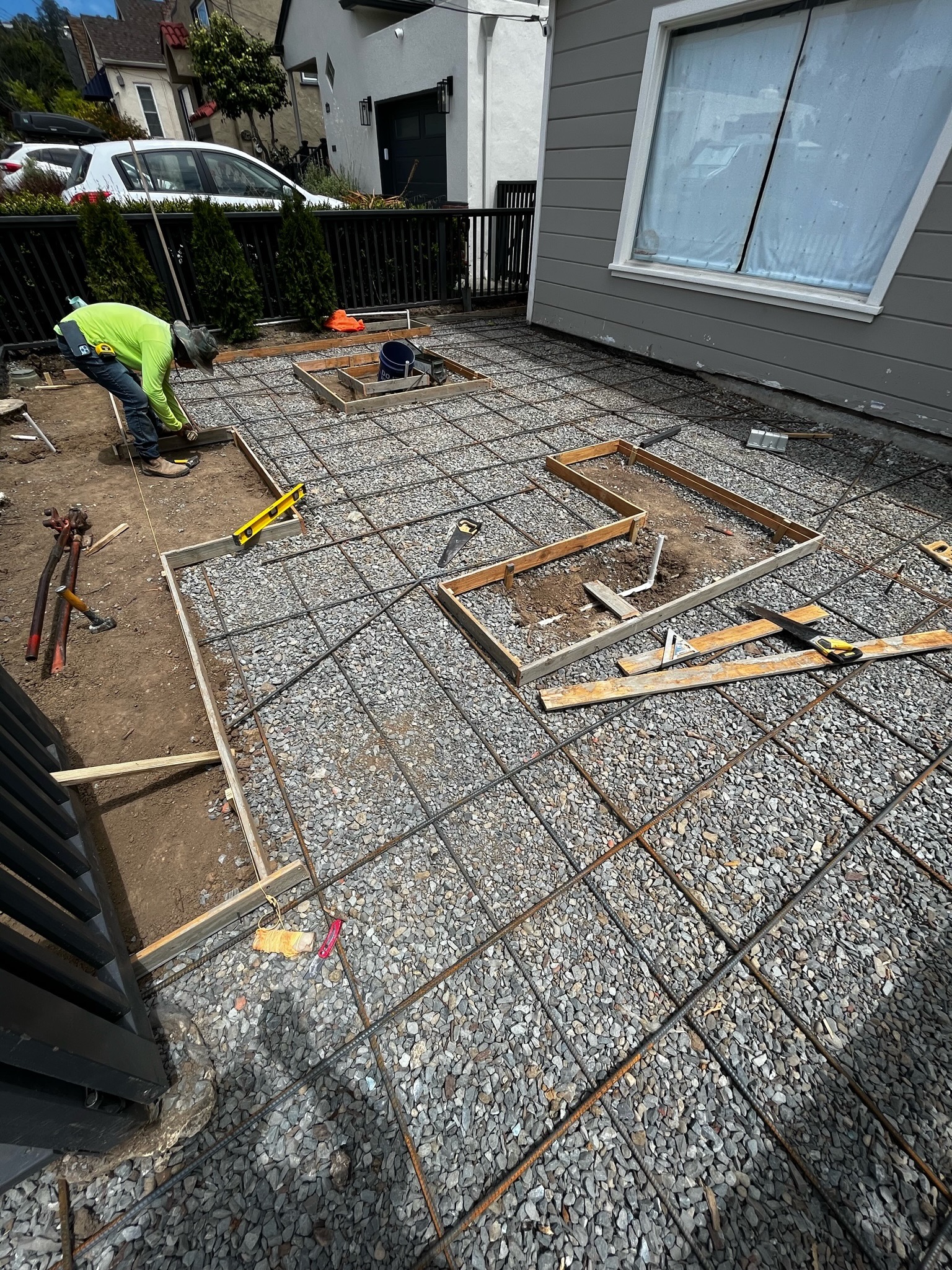No-dig gardening offers numerous benefits. Firstly, it maintains established topsoil and fungal networks, ensuring the essential bacteria remain undisturbed. Secondly, it avoids soil compaction, which can destroy vital air pockets and hinder plant growth. Thirdly, mycorrhizae associations that feed plants persist undisturbed, contributing to healthy plant development.
Furthermore, no-dig gardening encourages thriving worm populations that aerate and enrich the soil. It keeps bare mineral subsoils, prone to compacting, buried. The method also allows plant root depth and colonization to bloom unimpeded.
Moreover, water retention significantly improves as organic matter accumulates from layered mulches, reducing the need for frequent watering and conserving water resources. Additionally, manual weeding frequency decreases as accumulated biomass stifles weed sprouts, saving gardeners time and effort.
Furthermore, a soil loosely netted with living filaments better resists erosion, contributing to a more stable and healthy garden ecosystem. Lastly, reduced crust formation discourages seedling emergence, reducing competition for resources and allowing desired plants to flourish.
In conclusion, by safeguarding intricate underground ecosystems through gentle care strategies, backyard gardeners can protect the critical asset that sustains nearly all growth above the ground – living soil. If you haven’t embraced no-dig methods yet, consider giving them a try to enhance your garden’s health and productivity. Share your experiences and soil wisdom below to enlighten others on the benefits of no-dig gardening.

